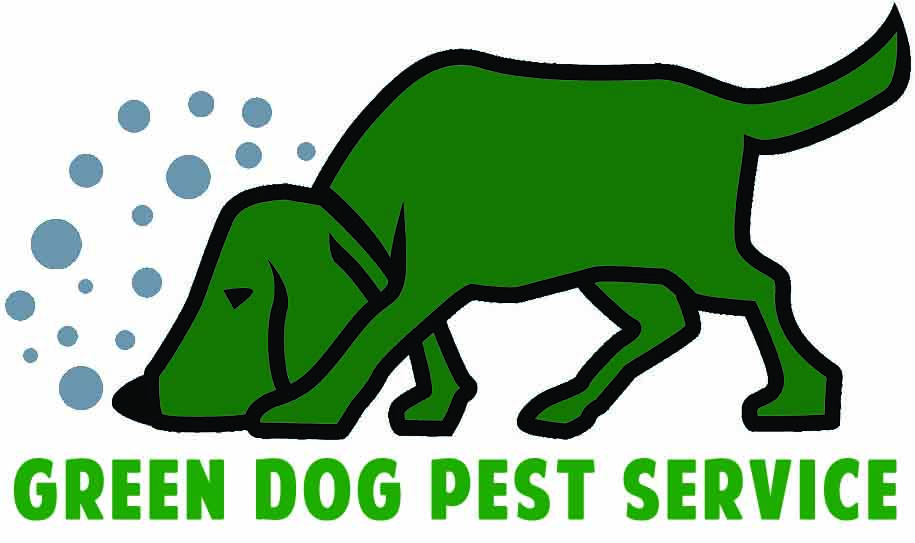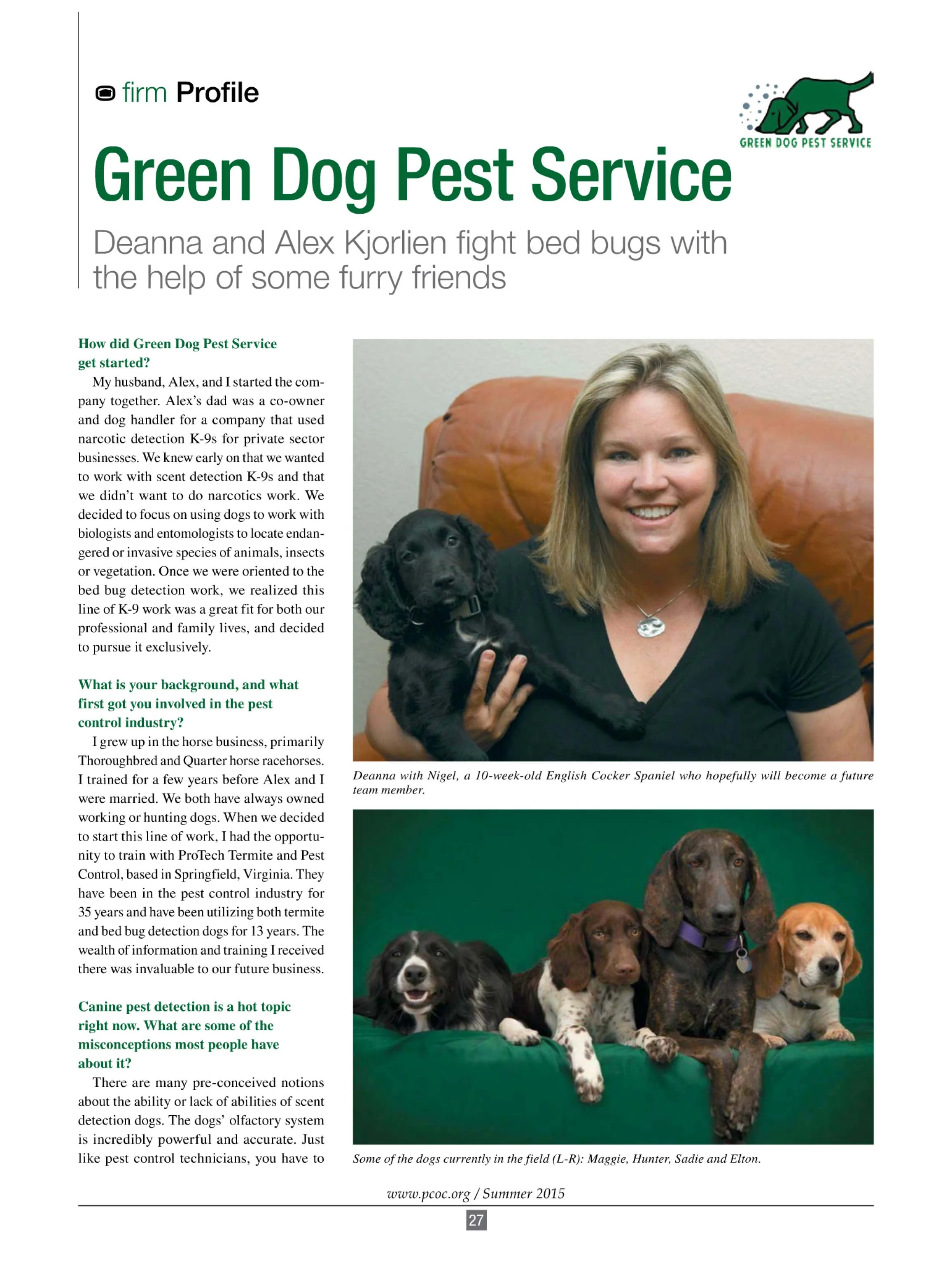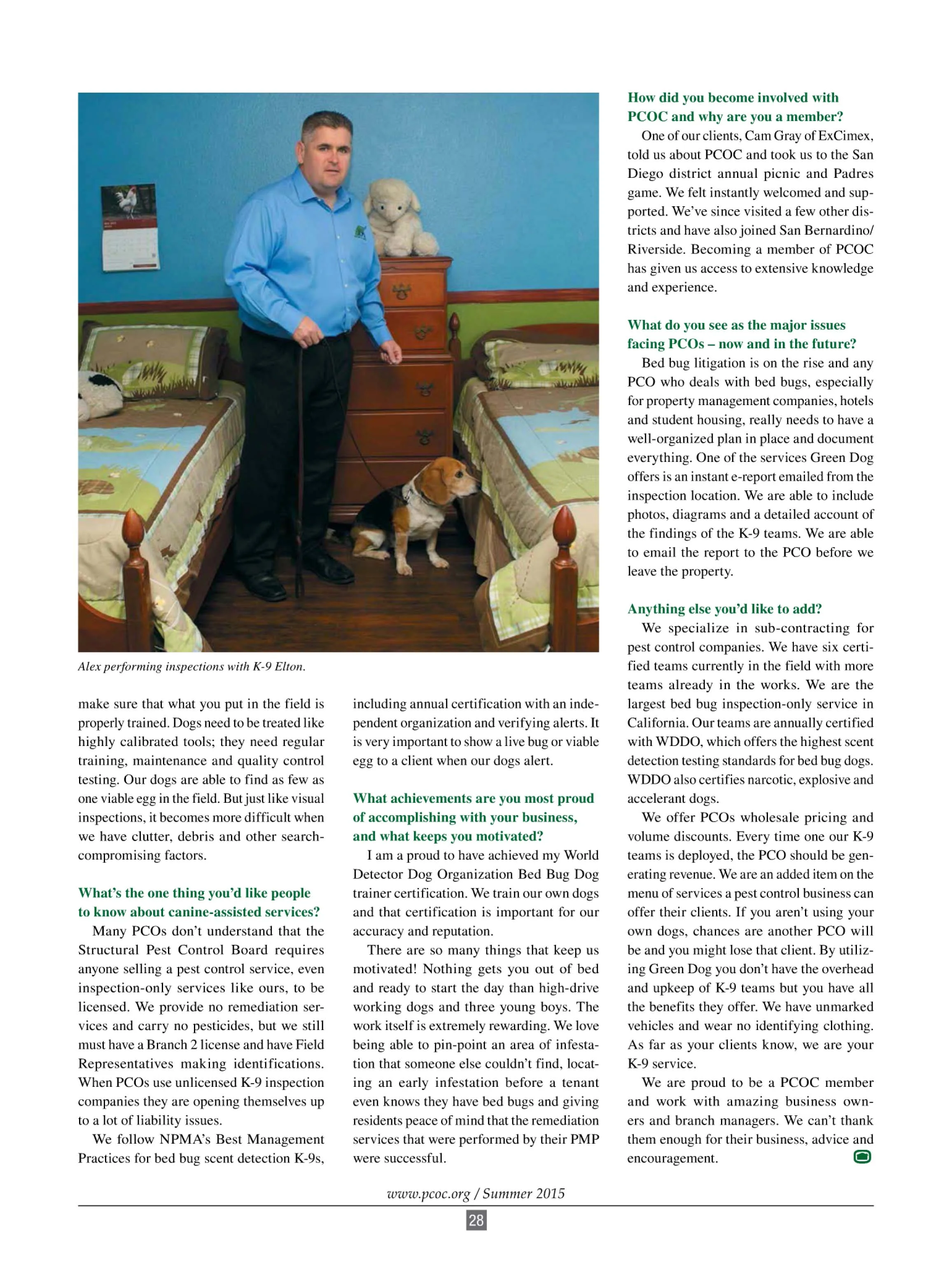Trending on Facebook this morning was an article about a California couple who stayed at a hotel in New York city and were bit by bed bugs! At last count there was over 40,000 posts about the incident on Facebook alone. Twitter had plenty of #Astor hashtags as well.
The couple's room at the Astor on the Park Hotel in New York's upper West side had a horrible bed bug infestation that was many weeks/months in the making. An infestation this substantial should have been noticed by housekeeping staff.
Hotels and lodging facilities are sometimes at a disadvantage because the guest the night before might have left a bed bug. The room could have as few as one bed bug (not an infestation) and the next night's guest finds the culprit. One bug is too many, but the reality is it can be nearly impossible for housekeeping staff to find a single bed bug hiding away when they are going about the regular room cleaning chores.
Inspection teams can't be there daily to search each room. However, deploying K-9 inspection teams on a twice annual basis (at a minimum) can catch many infected rooms before housekeeping staff, and more importantly, guests find them!
Think about the damage this incident has done to this hotel's reputation. Yelp posted a special message about the incident and warned posters that they may remove any review that wasn't the result of a personal experience.
It has been said that any press is good press. But when it comes to hotels and bed bugs that just isn't the case. People are posting and tweeting that they won't even go to NYC because of all the bed bugs! This hotel will suffer for months if not years from this incident. All the advertising in the world won't erase the wrath of the internet. We hope they start implementing a proactive approach to bed bug management by having a full facility K-9 inspection done right away and that they treat every room that has bed bugs. That's the first step in improving this costly mistake!
If you are interested about how our certified K-9 teams can help your company take a proactive and responsible approach to bed bug management contact us: (951) 790-2847. We look forward to helping more companies avoid this PR nightmare.


















